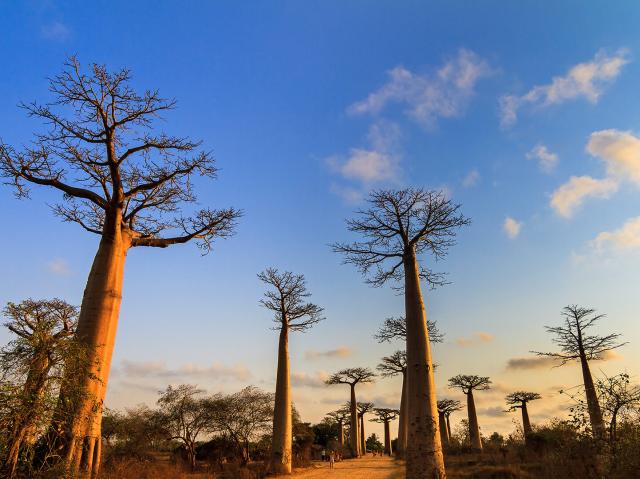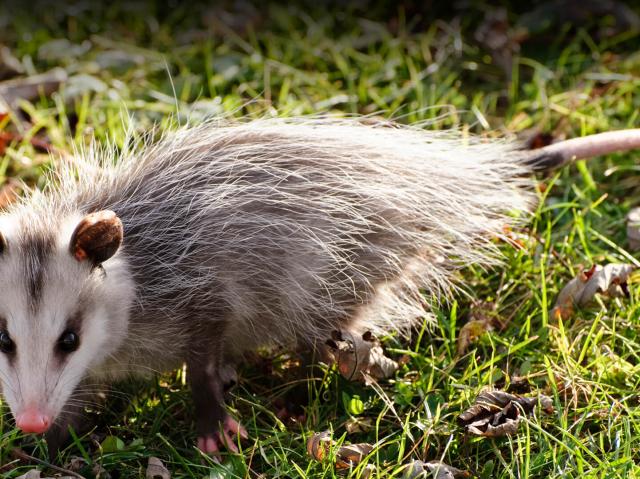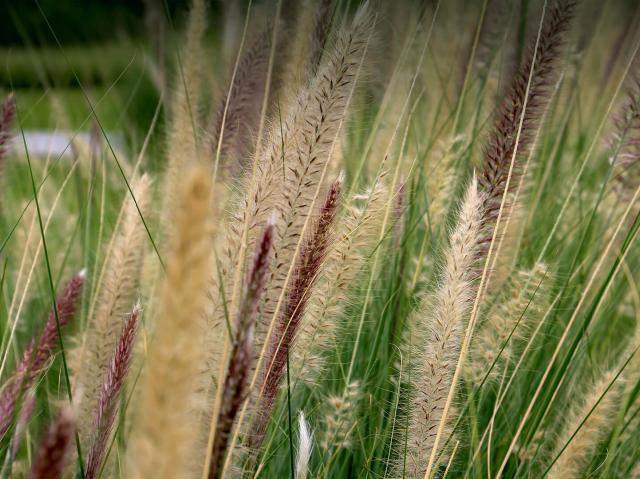
Boa

- Class: Reptilia (Reptiles)
- Order: Squamata
- Family: Boidae
- Genera: 11
- Species: 41

ABOUT
Boas, pythons, and anacondas: What's the difference? Because boa constrictors, reticulated pythons, and anacondas are some of the biggest snakes in the world, many people get confused about which is which. The first thing to note is that the anaconda is a kind of boa, not a separate type of snake. That leaves two groups, the boas and the pythons. These snakes have some things in common: they are constrictors, killing their prey by wrapping around it and suffocating it, and they are considered primitive snakes with two lungs (most snakes have only one) and remnants of hind legs and pelvic bones.
But they have differences, too. Pythons have one more bone in their head than boas do and some additional teeth, and pythons are found in Africa, Asia, and Australia while boas live on those continents as well as North, Central, and South America. One of the biggest differences is that pythons lay eggs while boas give birth to live young, although some sand boas and the Round Island boa of Mauritius lay eggs.
Not the bad guys. Boas often appear in movies and stories that take place in the jungle, usually as the villain sliding menacingly through the trees. That’s probably because these big snakes make a big impression! But boas are usually pretty quiet and calm and don’t deserve their nasty reputation. They are not venomous, and many do not live in jungles.
The straight and narrow. Because of the large size many boas can reach, they move by traveling forward in a straight line, which is known as rectilinear progression. This is accomplished by stiffening the ribs to provide support, then lifting a set of ventral (on the belly) scales and moving them forward so the loose ends grip the surface, pushing the snake ahead. This type of movement works on the ground as well as in trees, and boas can even climb smooth surfaces. They can’t move very fast, though—only about 1 mile (1.6 kilometers) per hour on open ground. But since they don’t have to chase their food, they don’t need to travel quickly.
HABITAT AND DIET
Boas are found in a variety of habitats, including open woodlands, like the rainbow boa, and rocky, semi-desert scrublands, like the Egyptian sand boa. The ones that live in dry environments usually hang out in rock crevices or in underground burrows made by other wildlife. The ones that live in forests blend into the leaf litter on the ground or the bark of a tree to stay hidden. All in all, a boa would rather avoid people than go looking for trouble!
Putting the squeeze on dinner. A boa is a constrictor, meaning that it grabs its prey with its teeth and quickly wraps its coiled body around the prey and squeezes. But a boa doesn’t actually crush the prey and break its bones—it just squeezes tightly so that the prey’s lungs cannot expand, and it suffocates. With each exhale, the snake takes up more space. The boa then begins the leisurely process of unfolding and stretching its jaw and swallowing the prey whole, usually headfirst. Rhythmic muscular contractions pull the prey down the snake’s throat and into its stomach. How does the snake breathe while its mouth is full? It has a special tube in the bottom of its mouth that remains open to take in air.
A hot meal. Boas are ambush hunters. They remain still and hidden until a possible meal comes close; they then strike forward quickly to catch it. Boas flick their tongue in and out to catch scent particles from the air. This way of smelling helps them find their prey.
Most boas also have special temperature-sensitive scales around their mouth with lots of nerve endings that can sense the heat of nearby wildlife. This allows them to find prey even in the dark or among dense foliage. Tree boas have pits, or holes, along their mouth that do the same thing, like their relatives the pythons do. Depending on the size of the snake, boas may eat rodents, birds, lizards, frogs, and small to medium-sized mammals like opossums, monkeys, pigs, or deer. Some anacondas have been known to eat prey as large as a young tapir or even a caiman.
FAMILY LIFE
A snake that gives birth! Boas do not lay eggs; instead, the adult females give birth to live young. The young are attached to a yolk sac and surrounded by a clear membrane, not a shell, as they develop in their mother’s body. That way they are kept at a fairly constant temperature and are protected from predators.
When the young are ready to be born, they are pushed out through an opening called the cloaca. They are still surrounded by a clear, protective membrane that they must push through. Then they are on their own to start protecting themselves (usually by hiding at first) and to find food. Most are smaller versions of the adults and instinctively know how to survive on their own.
CONSERVATION
The Turks and Caicos rainbow boa Epicrates chrysogaster is found only in the Turks and Caicos Islands and adjacent islands in the southern Bahamas of the Caribbean. Very little is published or known about this small, cryptic, constricting snake. It can reach 6 feet (1.8 meters) in length, but specimens this size are very rare, and the average adult size is slightly less than 3 feet (0.9 meters). Due to its small size, extremely docile temperament, and beautiful rainbow-like sheen, the snake was heavily collected for the pet trade in the 1970s, raising concern for its survival.
Rainbow boa populations are now threatened by habitat destruction and introduced predators, including rats, cats, and dogs. A project began in 2009 to find, measure, mark with PIT tags, and reintroduce the boas to document their daily and seasonal movements, habitat preferences, diet, reproduction, and sources of mortality. The information gathered can be used to make informed conservation and management recommendations for the islands where the boas live.
Sounds
LIFE SPAN
Up to 35 years
YOUNG
Gestation: 50 to 180 days, depending upon the species
Size at birth: 6 to 24 inches (15 to 61 centimeters) long, depending upon the species
Maturity: 3 years old
SIZE
Largest: Anaconda can reach 30 feet (9meters) in length and up to 280 pounds (127 kilograms)
Smallest: Arabian sand boa and the elegant sand boa are up to 16 inches (40 centimeters) long
FUN FACTS
Boa means "a large serpent” in Latin.
Female anacondas grow much larger than the males.
Boa constrictors like to eat bats! They catch them by hanging from tree branches or the mouth of caves and knocking the bats out of the air as they fly by.
When some boas want to mate, several males coil around a female in a ball and wrestle with one another for up to two weeks before one wins—or the female makes a choice.
The rosy boa and the rubber boa are the only two boas native to the US.
The largest snake ever was the titanic boa “Titanoboa cerrejonensis,” a type of boa that lived 58 million years ago. It was more than 40 feet (12 meters) long and weighed more than 1 ton (1 metric ton).
Big Ambergris Cay, a small island in the Caribbean, has one of the densest boa populations in the world. Only about 2.5 square miles (6.5 square kilometers), population estimates suggest there are over 2,000 boas on the island.
Boas and pythons have two vestigial limbs, which they can move but are not used to help them get around, that may be leftovers from the process of evolution.










